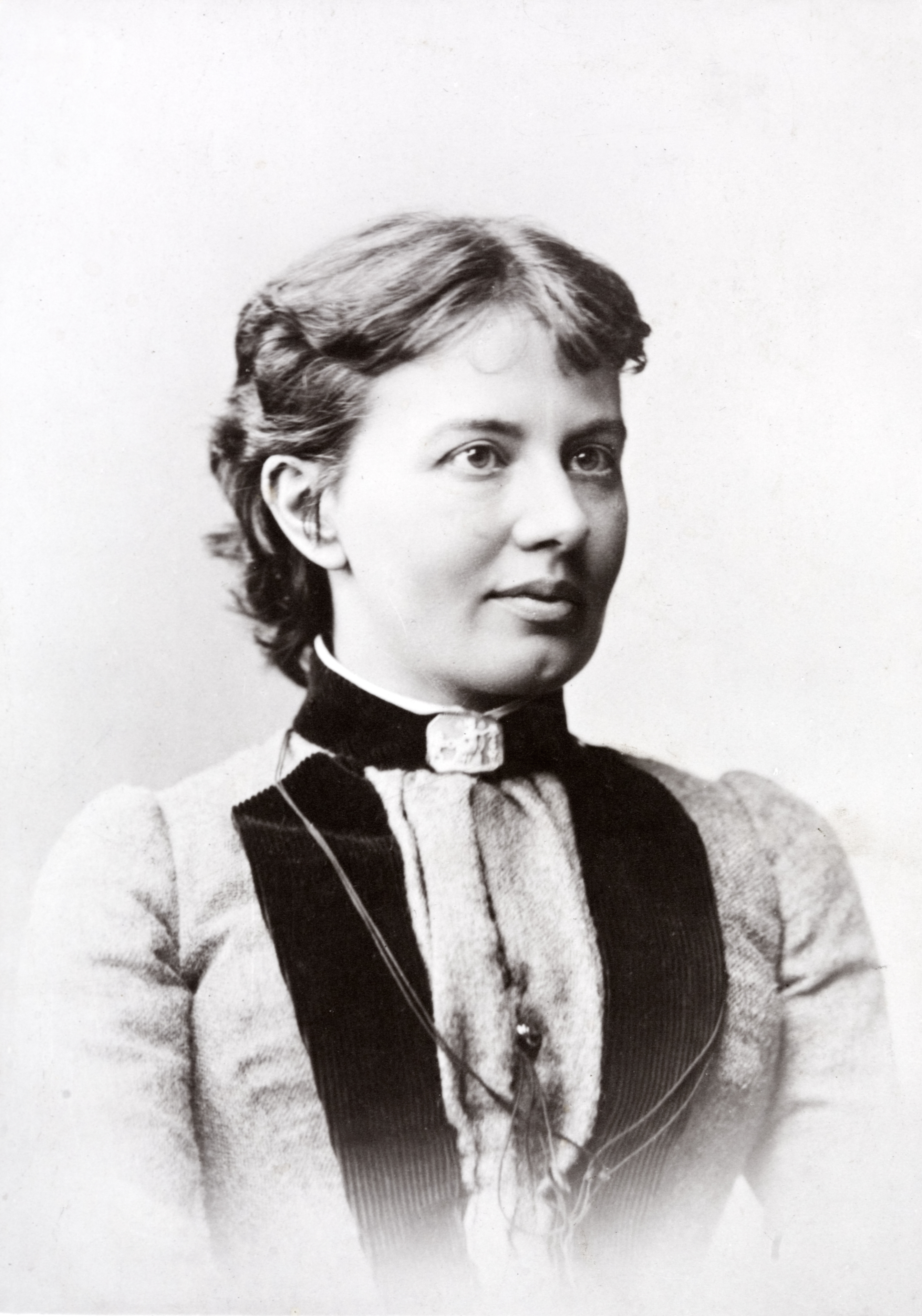Kovalevskaya << kov uh LEHF skah yah >> , Sofia (1850-1891), was a Russian mathematician. She made important contributions to calculus , the branch of mathematics that deals with changing quantities. Calculus is the mathematical language in which engineers, physicists, and other scientists develop theories and solve practical problems. Kovalevskaya was also influential in changing perceptions of women in science in the 1800’s.

Sofia Vasilyevna Korvin-Krukovskaya was born on Jan. 15, 1850, in Moscow. Her parents encouraged her education, and she developed an interest in nihilism , a philosophical view that challenges tradition and authority. At the time, women were not allowed to attend Russian universities, and unmarried women required written permission from a husband or father to pursue studies abroad. Sofia arranged to marry a friend, a young paleontologist (specialist in fossils) named Vladimir Kovalevskij. They immigrated to Germany in 1867.
In 1869, Kovalevskaya began attending classes at the University of Heidelberg in Germany. Women were not allowed to enroll, but they could sit in on classes if they had permission to do so. Kovalevskaya and her husband also visited Paris and London, where she impressed some of the leading intellectuals of the time, including British naturalist Charles Darwin and British novelist George Eliot , with her views on science and society. The couple later moved to Berlin, where Kovalevskaya met the German mathematician Karl Weierstrass . He was so impressed with her ability that he agreed to provide private lessons. In 1874, Kovalevskaya presented three papers on mathematical topics as her dissertation to the University of Göttingen. She was awarded a doctorate with highest honors even though she had not taken the required classes or examinations. Kovalevskaya thus became the first woman in Europe to earn a doctorate in mathematics.
Kovalevskaya struggled unsuccessfully for many years to obtain a position in a Russian or other European university. Many European institutions did not allow women to teach, and her ideas on nihilism were viewed with suspicion. In 1878, Kovalevskaya gave birth to a daughter. In 1883, her husband, suffering worsening financial conditions and mental illness, died by suicide, and Kovalevskaya sent her daughter to live with a relative. That same year, a fellow mathematician helped Kovalevskaya obtain a low-level teaching position in Sweden at the University of Stockholm. She was appointed professor in 1884. In Sweden, Kovalevskaya published a memoir of her childhood in Russia and wrote Nihilist Girl, a novel based on her life. The novel was published in 1892, after her death. She also published commentaries on modern society, and several plays.
In 1888, the French Academy of Sciences awarded Kovalevskaya the Prix Bordin, one of Europe’s most prestigious math prizes. She earned the prize for her mathematical work describing the motion of a solid body around an immovable point. The work is an important contribution to the understanding of Lagrange points . A Lagrange point is a special location near two astronomical bodies orbiting each other. LaGrange points have applications in astronomy and spaceflight. Spacecraft can orbit Earth at certain Lagrange points using little or no fuel. As her work gained recognition, Kovalevskaya was granted membership in the Russian Academy of Sciences in 1889. She died on Feb. 10, 1891, in Stockholm.
